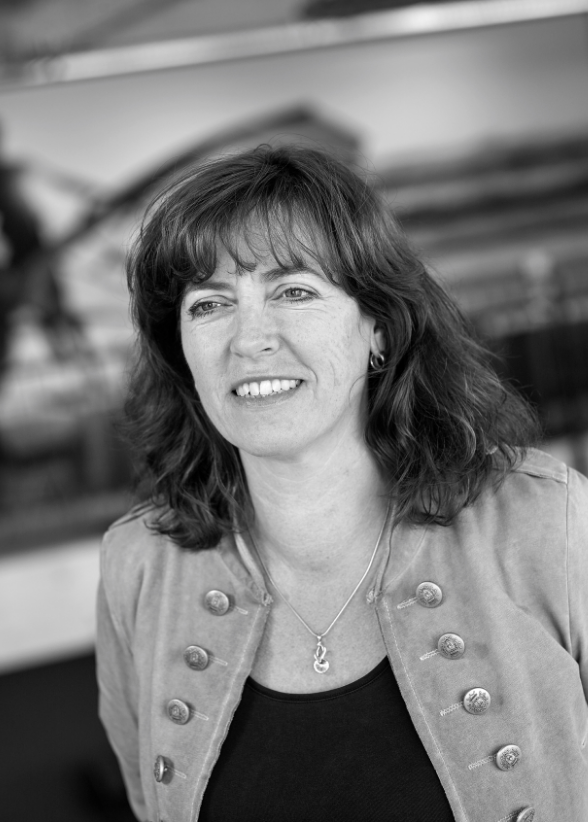Samenvatting
In October 1986, the Eastern Scheldt storm surge barrier (Oosterscheldekering) was officially opened by Queen Beatrix as a response to the North Sea flood of 1953. Since then, the barrier has been closed 27 times (excluding test runs) in anticipation of expected storms.
leerinstelling
- HZ University of Applied Sciences
studenten
- B. Koole
- D. Cuna
- E. Merks
- J. Diepeveen
- L. Riemens
- P. Janeka
- T. Ketting
mentoren
- Dr. ir. V. Tsimopoulou
With a view on (accelerated) sea-level rise, the storm surge barrier may not be able to hold its role in protecting the Zeeland hinterland as only a sea-level rise of 45 cm was assumed in the design of the barrier (Spaargaren, 2018). The accelerated sea-level is a result from the changing climate caused by elevated atmospheric CO2 levels (IPCC, 2019). The IPCC (2019) specifically predicts that, at the end of the 21st century, sea levels will have risen 0.43 – 0.84 metres. Continuously heightening dikes and dams is not feasible, which is why alternative solutions are being explored. One such solution is using sand nourishments to reduce wave energy, which can be combined with reinforcing Building with Nature techniques, providing long-term hinterland protection and a sound landscape for flora, fauna, and humankind. Additionally, a sand nourishment fits perfectly into the national Delta Programme coastal strategy (see ‘Decision on Sand’). Looking offshore, a sandbank known as ‘De Banjaard’ can be nourished and reinforced to relieve the storm surge barrier. The Banjaard lies just north of Walcheren and southwest of the former island Schouwen, dating back to the 19th century (1815). The sandbank has been slowly disappearing due to changing currents and sea-level rise; despite this, ship navigators must still account for its presence. The aim of this report is to design a sand nourishment, reinforced by nature, in the Zeeuwse Voordelta to contribute to coastal protection.
Meer weten?
